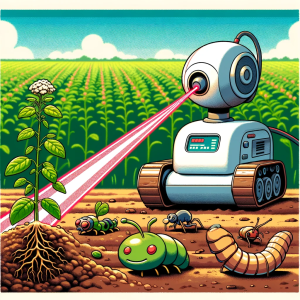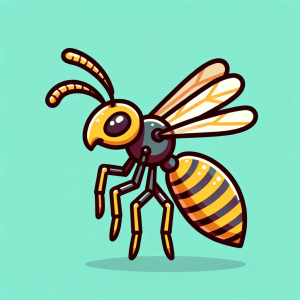
The Dark History of Unit 731 and Its Impact on Entomology
The history of Unit 731, a notorious Japanese biological warfare unit during World War II, is one shrouded in cruelty and horror. This is vividly captured in an article titled Unit 731: Where Entomology Became Evil published in the American Entomologist. Authored by John Richard Schrock, the article delves into the macabre experiments and atrocities committed by Unit 731, particularly focusing on the use of insects as vectors for biological weapons.
The Horrific Legacy of Unit 731
Unit 731, led by Ishii Shiro, a Japanese medical doctor, was responsible for some of the most heinous war crimes of the 20th century. Located initially in Harbin, northeastern China, the unit conducted experiments on prisoners, often leading to death and unimaginable suffering. Their research focused on developing biological weapons, a tactic declared a war crime by the Geneva Conventions, to which Japan was a signatory.
Insects as Weapons of War
A significant part of Unit 731’s research involved using insects to spread deadly diseases like bubonic plague and typhus. The unit developed techniques for culturing these diseases and dispersing them using fleas and lice. This approach led to large-scale devastation, with estimated casualties reaching 580,000, primarily due to these entomological weapons.
The Unit 731 Museum: A Memorial to Atrocities
Today, the Unit 731 Museum in Harbin stands as a grim reminder of these dark times. The museum, with its modern design and a vast collection of artifacts and photographs, educates visitors about the unit’s inhumane activities. It’s a place where history’s brutal truths are laid bare, serving as a cautionary tale for humanity.
The Ethical Dilemma in Science
Schrock, an entomologist himself, reflects on the role of his profession in these atrocities. He draws a parallel with Robert Oppenheimer’s sentiments on the atomic bomb, suggesting that in Pingfang, entomology too knew sin. The article underscores the ethical responsibilities of scientists and the potential for misuse of scientific knowledge.
The Unsettling End and Its Aftermath
Despite the gravity of their crimes, the members of Unit 731 were never tried. In a controversial decision, the United States offered immunity in exchange for the unit’s research data. This aspect of the story adds a layer of complexity and raises questions about the moral choices made during and after the war.
Conclusion
John Richard Schrock’s article is not just a historical account; it’s a stark reminder of the depths of human cruelty and the ethical dilemmas in scientific research. The Unit 731 Museum stands not just as a repository of history but as a beacon calling for ethical consciousness in science and warfare.
Visit the original article for a detailed exploration of this dark chapter in history: Unit 731: Where Entomology Became Evil.



